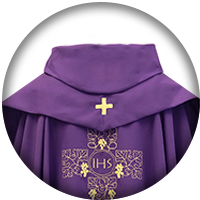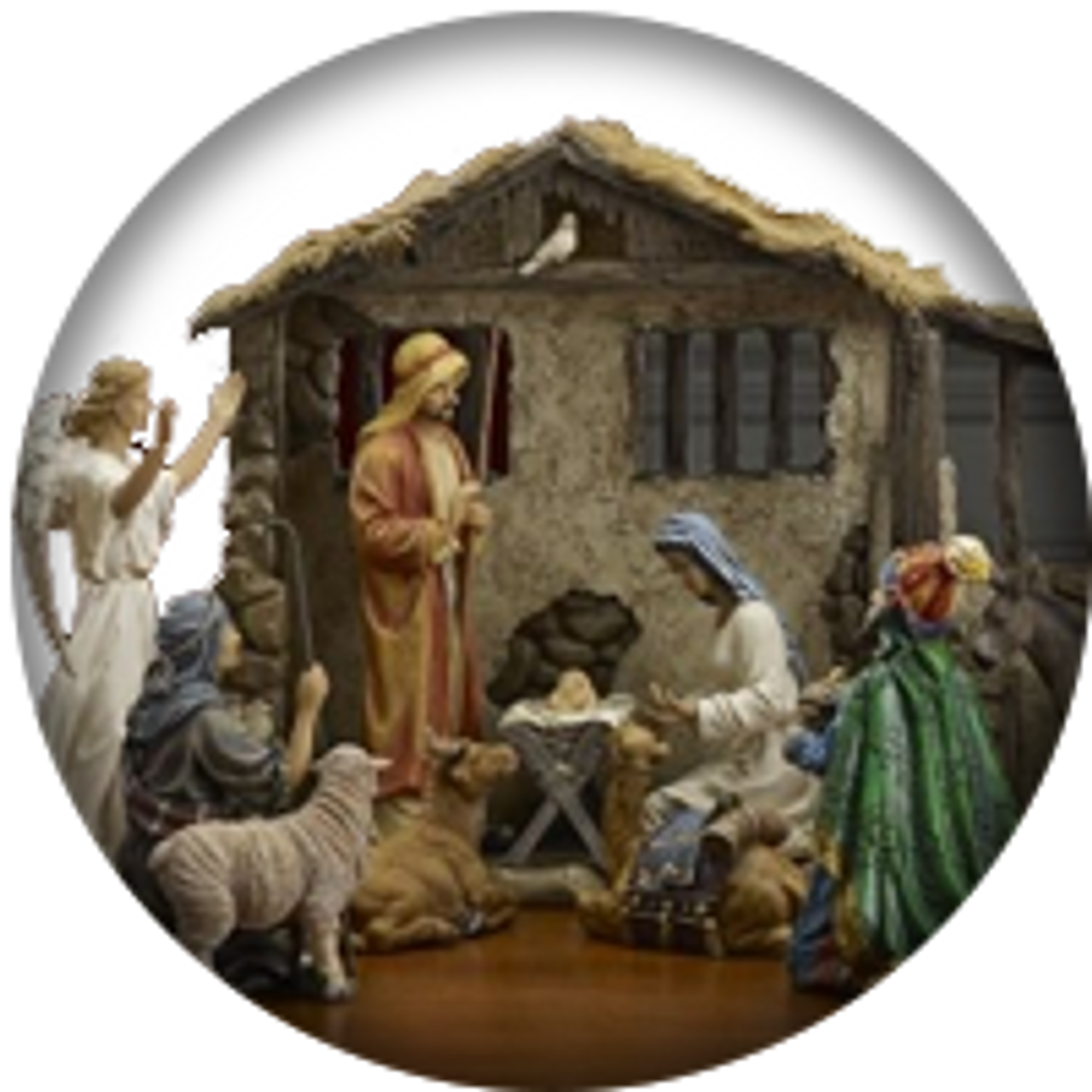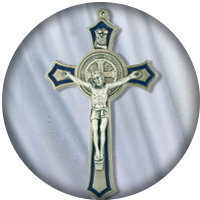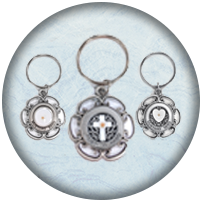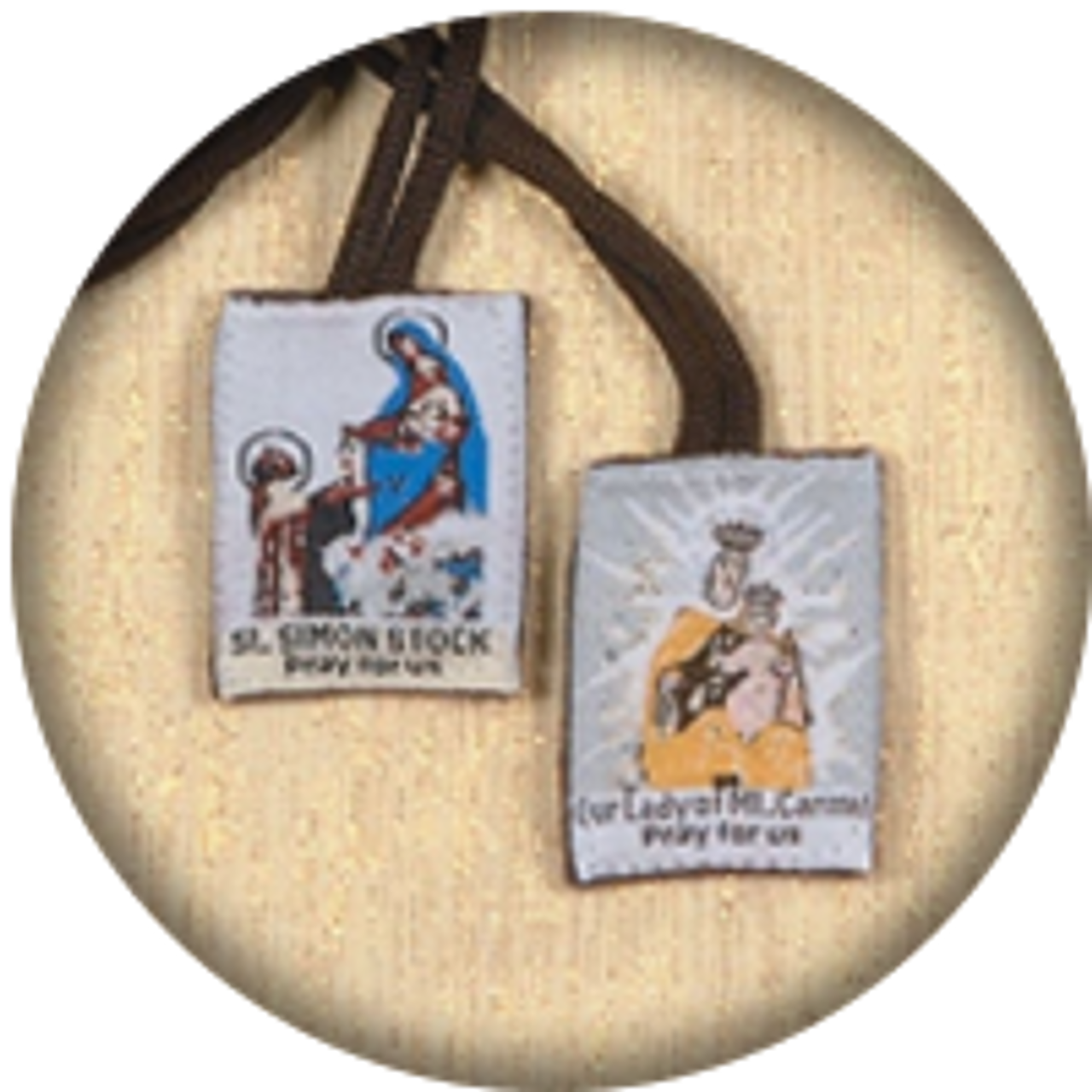PART I, INTRODUCTION: ST. (PADRE) PIO SPEAKS TO TODAY
Kathy Boh on 17th Sep 2019
PART I of ST. PIO OF PIETRELCINA
INTRODUCTION:
PADRE PIO SPEAKS TO TODAY
In the current two months we are celebrating two major priests of the last two centuries. One is the patron saint of priests and confessors. The other is also the patron saint of confessors, who experienced vivid visions of Jesus, including a vision with detailed images of "a great multitude of priests... [and] ecclesiastical dignitaries".
Padre Pio was a dedicated, devout young priest when he first experienced the stigmata—the marks, pains and wounds of Jesus Christ on his own body. It was not something that he had asked to receive from the Lord. He was told that he was suffering for his “brothers”.
St. Pio also experienced some encounters with Jesus that speak to the Lord’s concerns and desires for His priests, His ministers, and His people. Padre Pio was given—again, unasked for—visions from Jesus, Himself. One vision that Jesus showed him was a scene portraying priests and ministers and "ecclesiastical dignitaries". It was disturbing to St Pio… for in it, Jesus showed—with both His expression and with words—that He was displeased with what He was seeing. (For exact information regarding this vision, please see our upcoming blog on St. Pio of Pietrelcina, Part II, coming up to honor his feast day on September 23rd.)
Although Padre Pio did not ask for the stigmata, and did not ask for the vision, God drew him in to His life… and into a larger plan. We know that God deeply knew Padre Pio, and that God hears our—and his— prayers and intercessions. As he was told to pray for his “brothers”—his brother priests—he asked others to join him.
Many intercessory prayer groups were started all over the world as a result. Last year—in September, 2018—we marked the 50th anniversary of those prayer groups and the 100th anniversary of his receiving the stigmata with this series.
THE GOOD SHEPHERD
We recently celebrated the feast day of the patron saint of priests—St. (John) Jean Marie Vianney. (Feast Day: August 4th). His humble dedication and devotion to his flock became well known, all around. His willingness to spend time and care for God’s people was exemplary. Shepherding the people of God—loving and caring for their needs—was what our Good Shepherd called for. No matter what title in the hierarchy of the church a priest attains, he is also, first of all, a priest.
It was encouraging and meaningful to many of us when we heard and saw that Pope Francis chose a shepherd and his sheep as the scene depicted on his pectoral, papal cross. We pray continually that priests and hierarchy both be and become good shepherds who follow Jesus in speaking and acting out His Truth, in love, as scriptures exhort us to do. There has always been a crisis of truth in the world’s ways and systems—from Jesus’ time to ours. (Remember when He was asked by Pontius Pilate, “What is truth?”) Jesus often differentiated between the “world” (its systems, thoughts, ways, practices and priorities) and His own kingdom ways, truth and life.
Today, we see a crisis exponentially in the world around us. Before us are the ongoing choices: Do we choose the world’s ways and its “sandy” foundations? Or do we choose to follow, teach and feed the sheep the truth as led and taught by the “Truth” (the “Way” and the “Life”)? To “feed the lambs… tend the sheep… and feed the sheep” was what Jesus told Peter to do in the last chapter of the gospel of John. It mattered much (for Jesus to repeat it three times) for His servant-followers to feed the sheep well and to tend carefully to both lambs and sheep.
11 “I am the good shepherd; the good shepherd lays down His life for the sheep. 12 He who is a hired hand, and not a shepherd, who is not the owner of the sheep, sees the wolf coming, and leaves the sheep and flees, and the wolf snatches them and scatters them. 13 He flees because he is a hired hand and is not concerned about the sheep. 14 I am the good shepherd, and I know My own and My own know Me, just as the Father knows me and I know the Father; and I will lay down my life for the sheep. I have other sheep that do not belong to this fold. These also I must lead, and they will hear my voice…” [Jn 10:11-16a] What a blessing that He enables each of His sheep to hear His voice!
BEING A GOOD SHEPHERD TODAY
In today’s headlines and in Catholic news, we are hearing about current 21st century issues and (unresolved) 20th century issues and matters of concern to both clergy and laity alike. Some disconcerting events and facts continue to come to sorrowful light that require God’s powerful truth and His holy light shed deeply upon them. Current church leaders need our prayers and Holy Spirit guidance in facing serious matters of concern for the flock that they are called to care for, feed, and tend… tenderly, as Jesus called for (and is referenced above). There are many ministering who have sought with a true heart to follow Jesus in tending to His sheep, and others who have done harm that is now coming to light.
Now is a good time to look once again at the life, dedication and suffering of St. Pio. He tasted of Jesus’ Passion for the sake of his fellow priests and ministers. This was a sorrowful call, for he shared in the Lord’s pain and suffering as he helped Jesus carry the cross--especially for his fellow priests and ecclesiastical dignitaries..
Coming up next…
We continue with our St. Pio of Pietrelcina series with:
PART II—PADRE PIO'S VISIONS AND CALLING
We will look into his life, callings and apparitions, along with Vatican investigation into his ministry. We will find what it meant for him to share some of the burden of Christ’s care for His priests and ecclesiastical dignitaries, and how he continued to share that with intercessory prayer groups, some of which even exist today.
PART III will be the ST. PIO POSTSCRIPT
In this segment, we will take a look at how this connects with today’s church and today’s issues. This includes some examination of Old Testament and New Testament scriptures, other inspirational writing, our response, and prayer.

